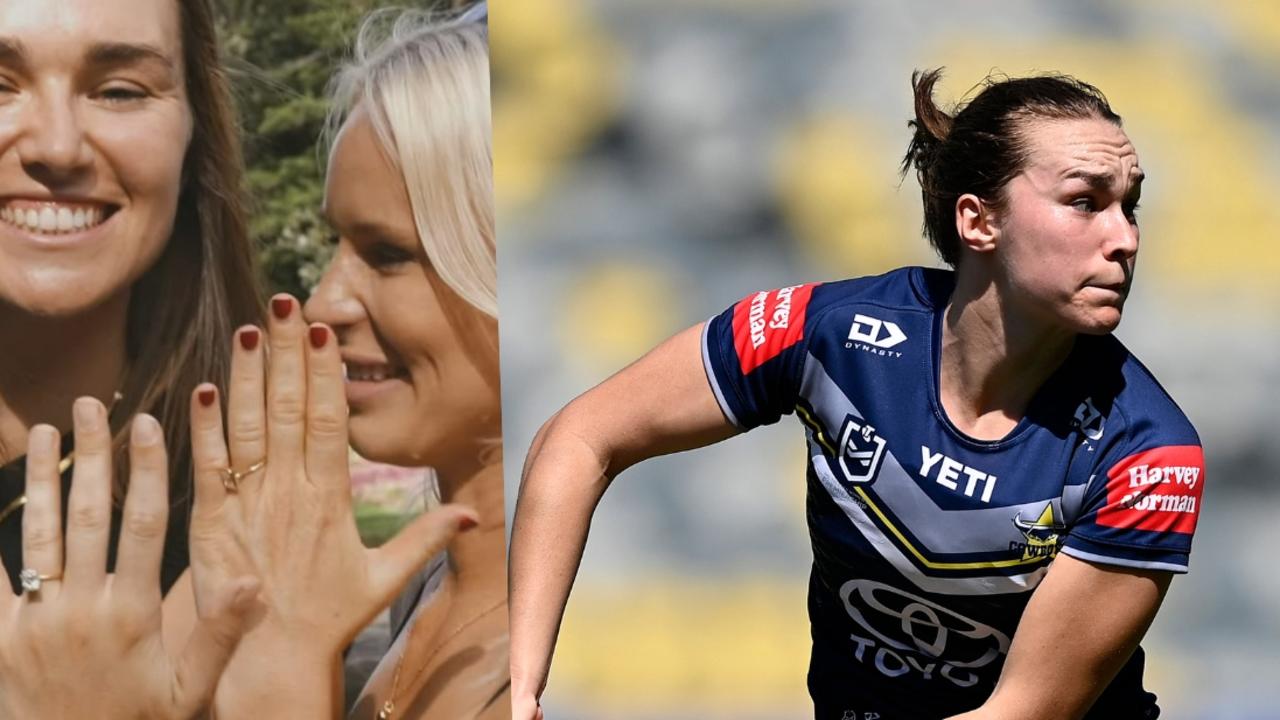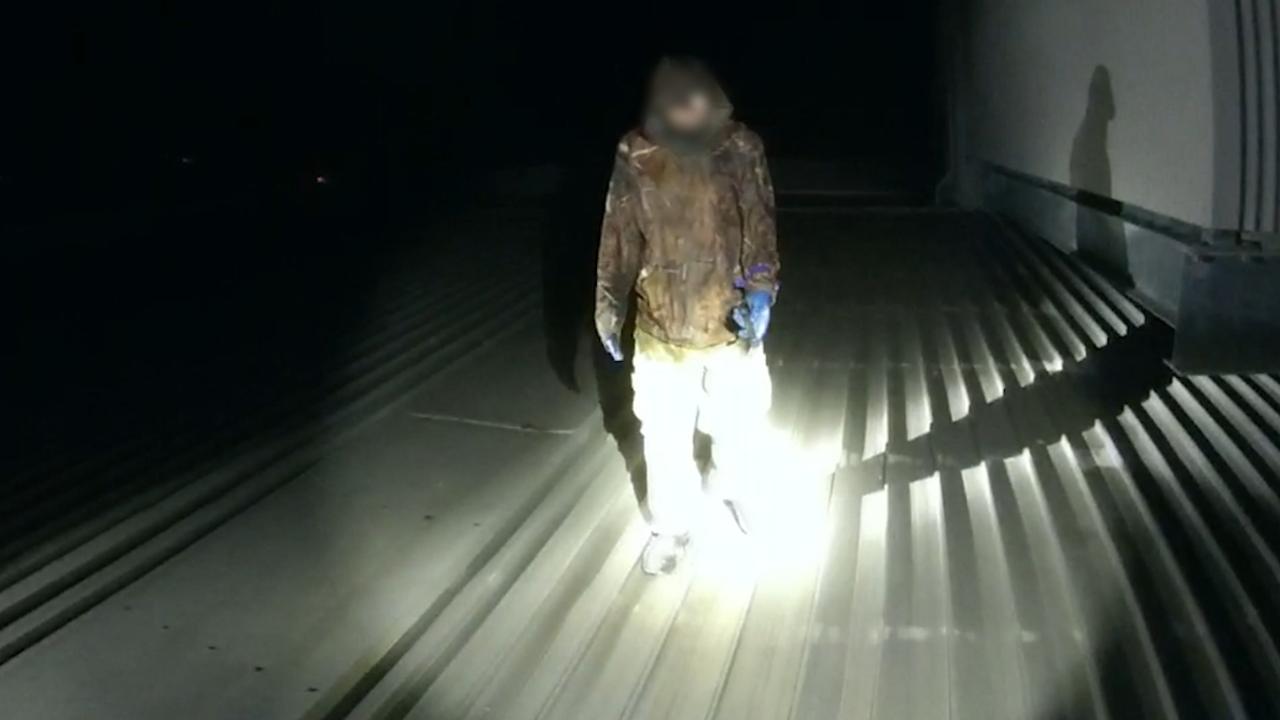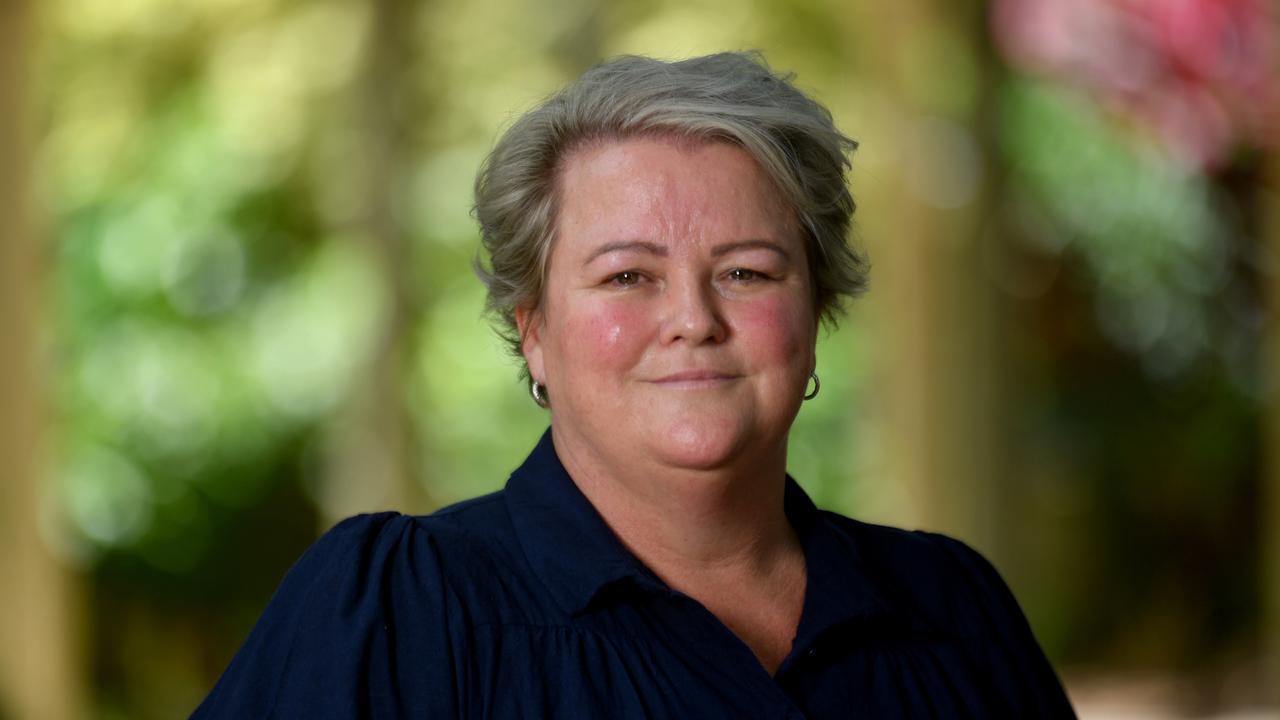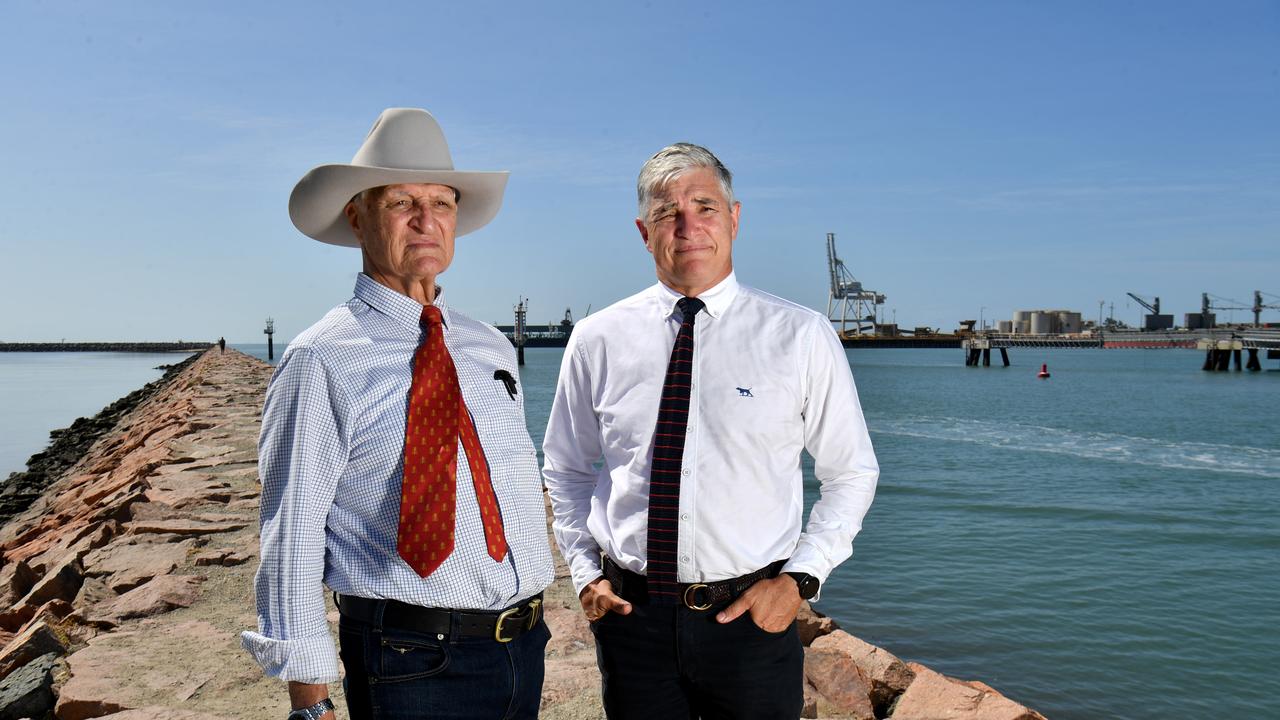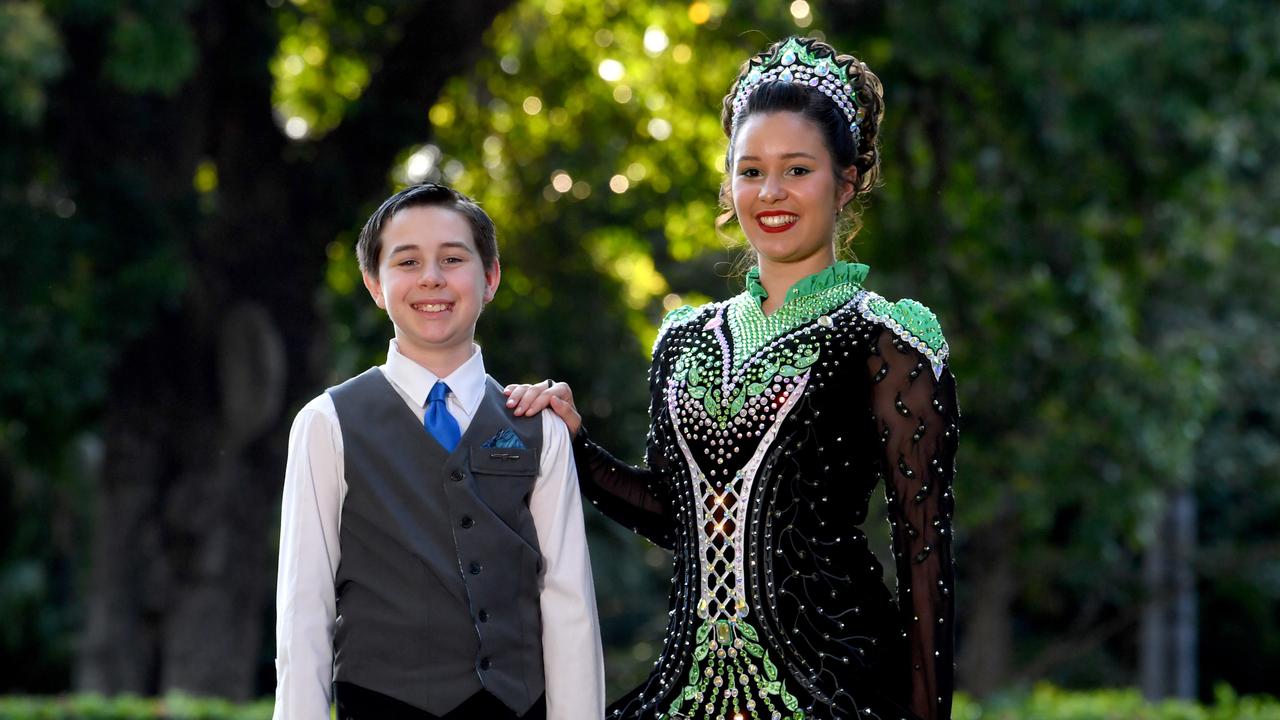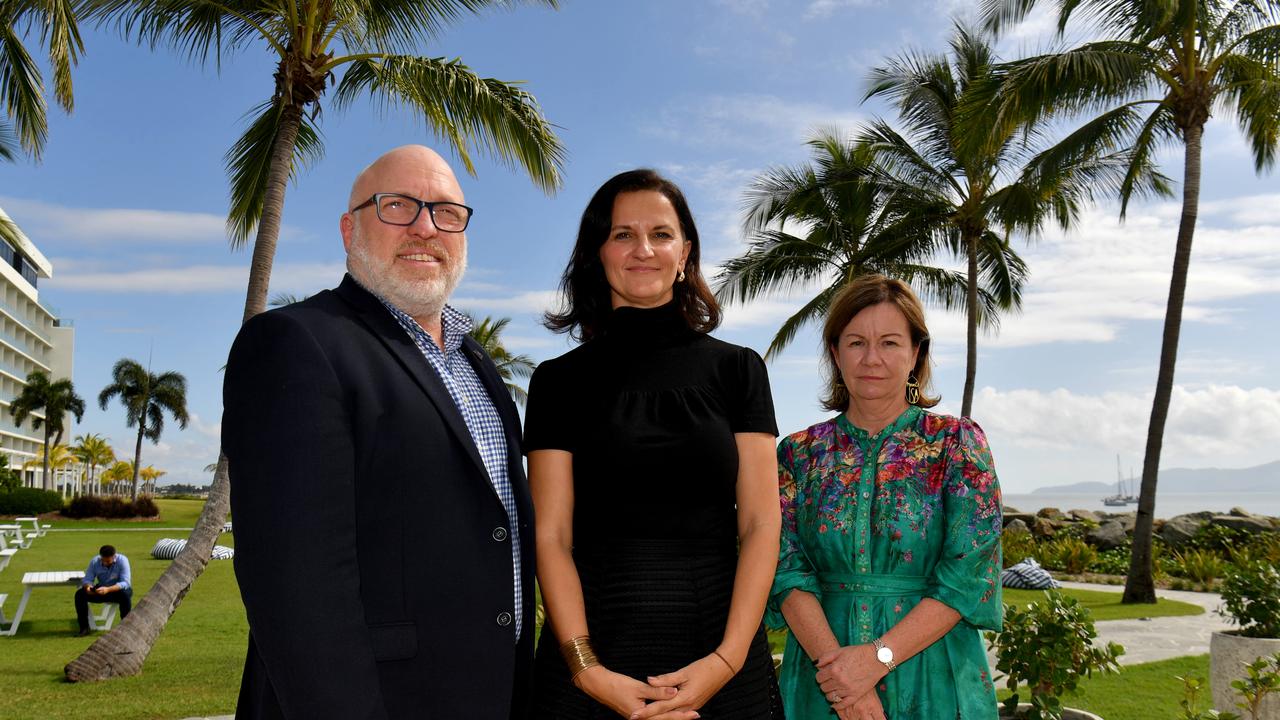GPs in training to receive $40,000 as part of state government’s General Practice Trainee Incentive
New plan to bring GPs to rural and remote areas unveiled as doctors reveal they still don’t know how dire the situation is. Here’s why.
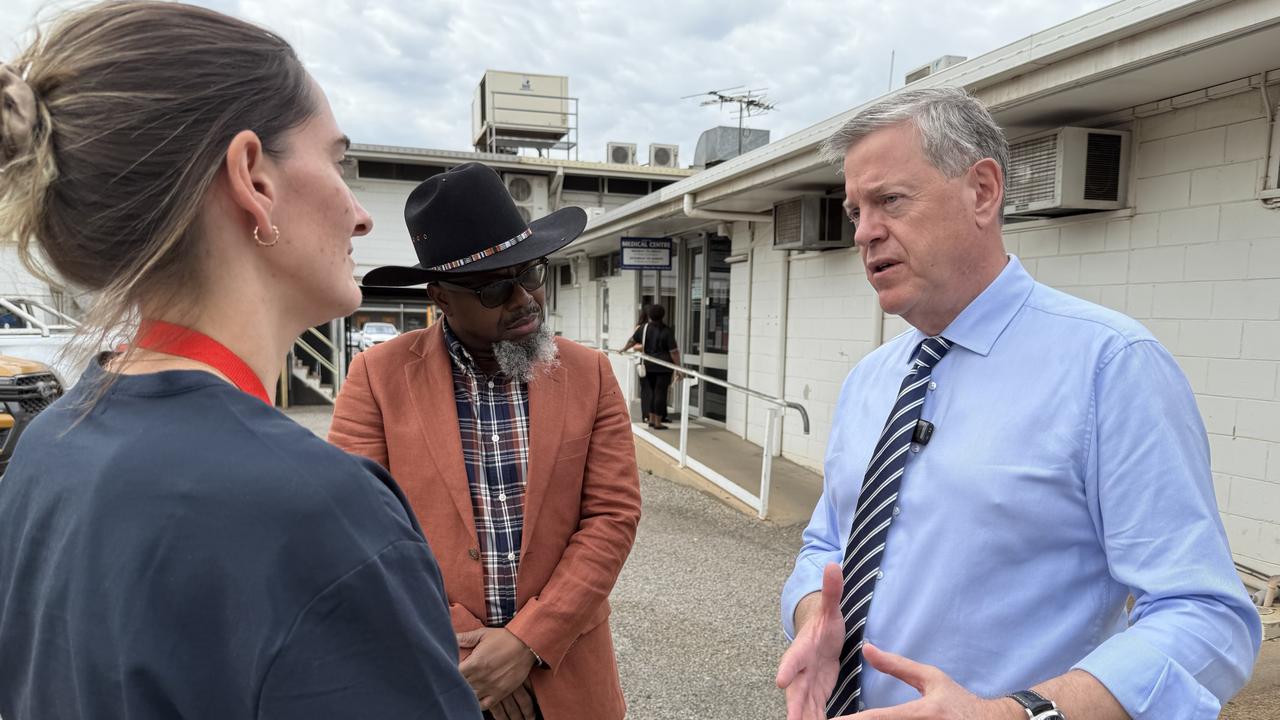
Townsville
Don't miss out on the headlines from Townsville. Followed categories will be added to My News.
Hundreds of trainee GPs will be eligible for a one-off payment of $40,000 as Queensland continues to grapple with a shortage of qualified healthcare professionals in rural, remote and First Nations communities.
This comes as North and North West Queensland have been battling to secure GPs to service rural and remote communities, with massive salaries used to entice doctors to Julia Creek and a rethink underway to find medical services for Cloncurry.
More than 575 doctors who have either commenced or are soon to begin their general practice training this year will be eligible for the one-off payment through the Queensland government’s $24m General Practice Trainee Incentive.
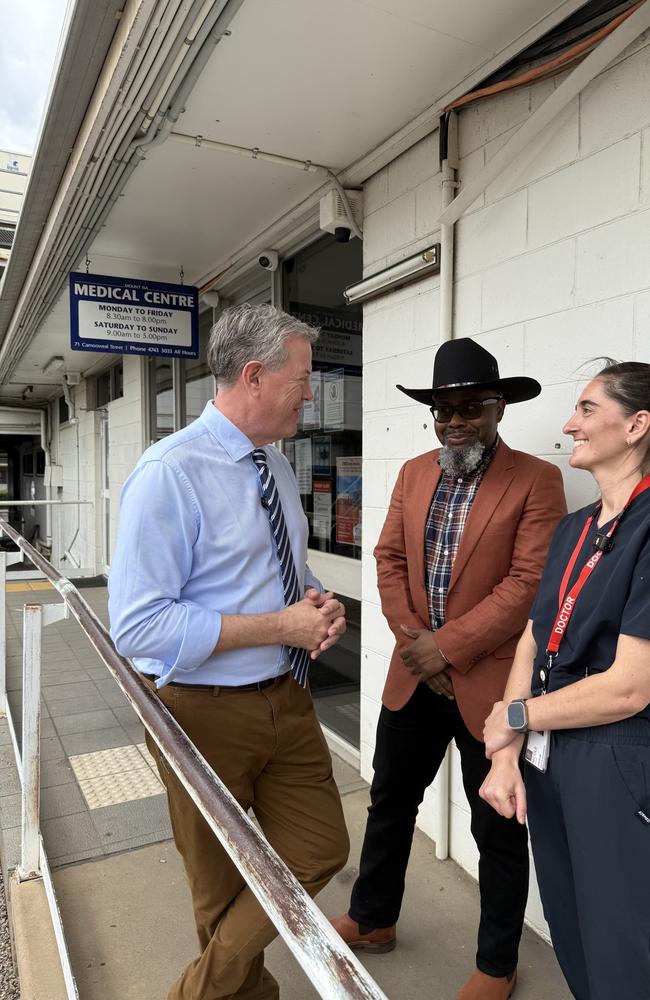
It comes after four per cent of doctors left the frontline last financial year.
Speaking at a press conference on Tuesday morning, Health Minister Tim Nicholls said: “we know we need more GPs throughout the state”.
”It doesn’t matter whether you’re in Mackay or you’re in Brisbane, or you’re here in Mount Isa, more GPs means that there’s less pressure on our emergency departments,” he said.
The government will work with the two medical Colleges who deliver GP training – the Australian College of Rural and Remote Medicine (ACRRM) and the Royal Australian College of General Practitioners (RACGP) – to implement this initiative.
RACGP chair Dr Cath Hester said the government’s decision to fund the incentive showed a commitment to improving access to specialist GP care across Queensland.
“Specialist GPs and our practice teams keep patients out of hospital and relieve pressure on our entire healthcare system,” Dr Hester said.
“The General Practice Trainee Incentive removes a significant barrier to junior doctors choosing to train as specialist GPs and providing care in the community.”
Mr Nicholls said about 12 per cent of the workforce at North West Hospital and Health Service was First Nations.
“That is much higher than the average that we see in other parts of the state, which is running at about three per cent,” he said.
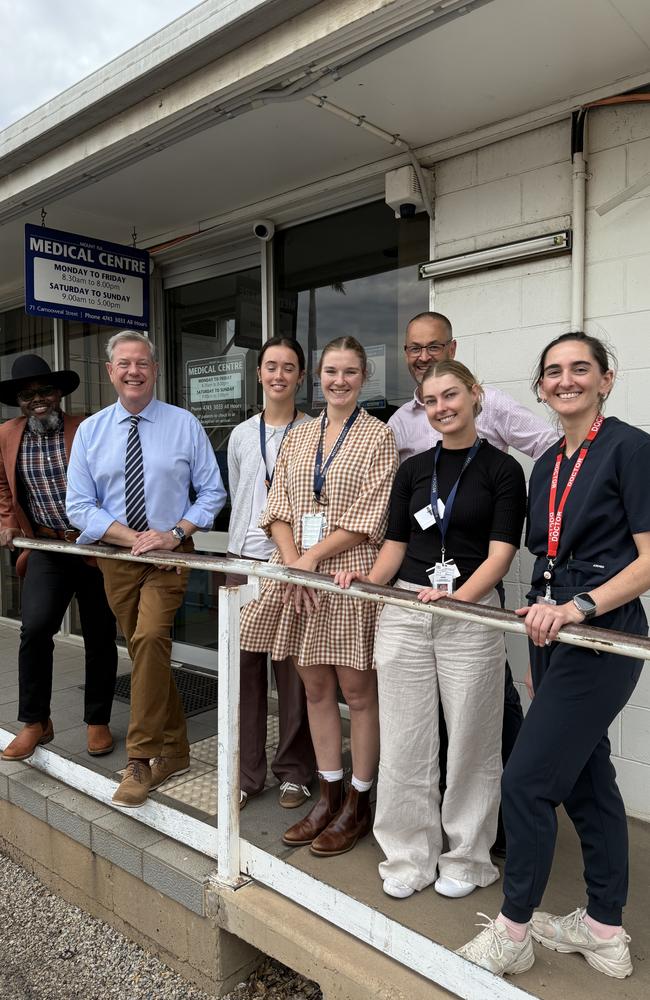
“We know that (a) First Nations workforce makes a big difference to the delivery of First Nations health services here, and we’re continuing to support the work around that.
“We’ve already done an analysis of the workforce in relation to providing birthing services, and we found that there are gaps in terms of anaesthetists, obstetricians and gynaecologists, particularly in rural and remote areas, together with midwives as well.”
Mr Nicholls said he hoped the program would be a “long term solution” to the state’s GP shortage.
“We know that people who work and train in regional Queensland are far more likely to come back to regional Queensland,” he said.
”They get to know the community. They love the lifestyle.”
AMAQ president Dr Nick Yim said there was currently no reliable workforce snapshot to show the severity of frontline shortages.
Those numbers, he said, would be revealed in the government’s workforce plan due to be delivered later this year.
”We don’t know the true numbers we’re short on, whether it’s community, private or public hospitals,” Dr Yim said.
”We need to know how many junior doctors we need and how many specialists and the full time equivalent of those positions.
”It will help determine training spots moving forward.”
More Coverage
Originally published as GPs in training to receive $40,000 as part of state government’s General Practice Trainee Incentive



